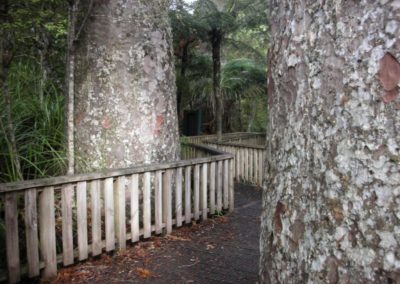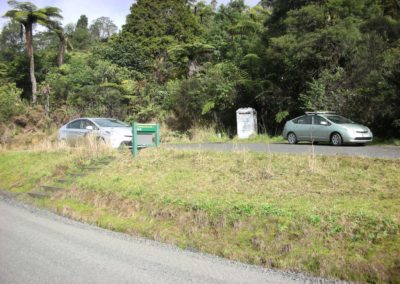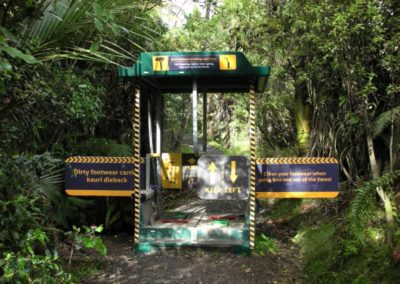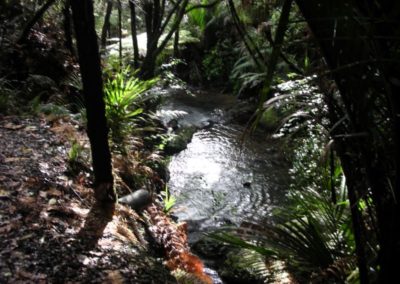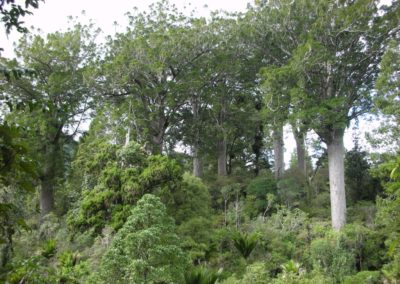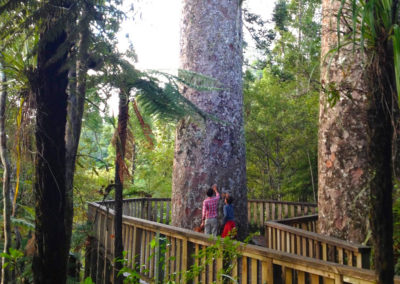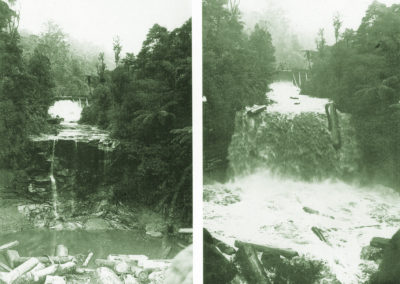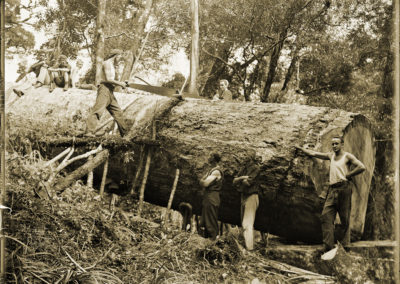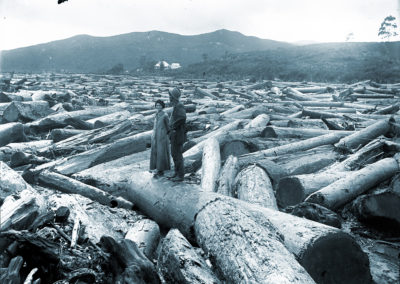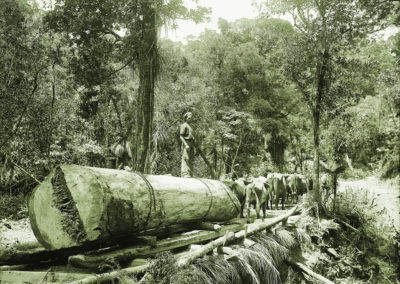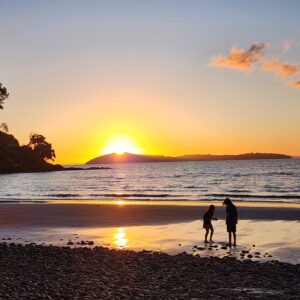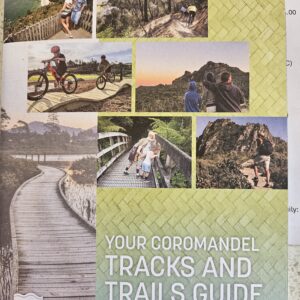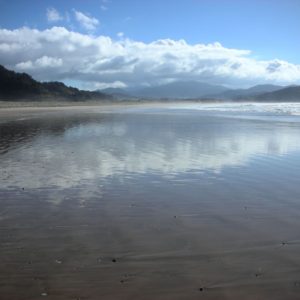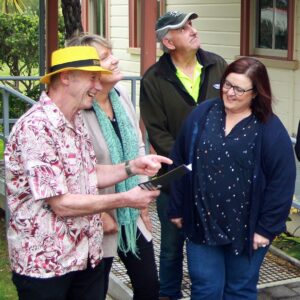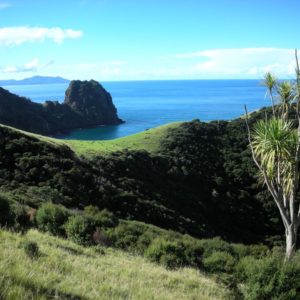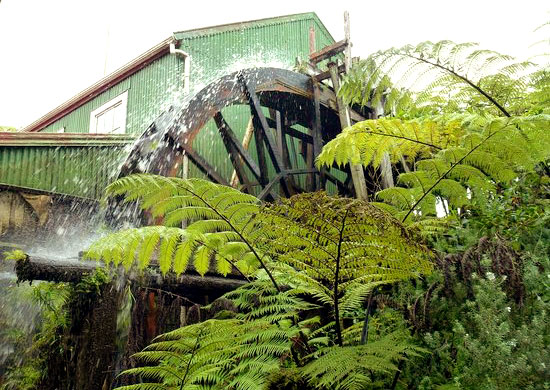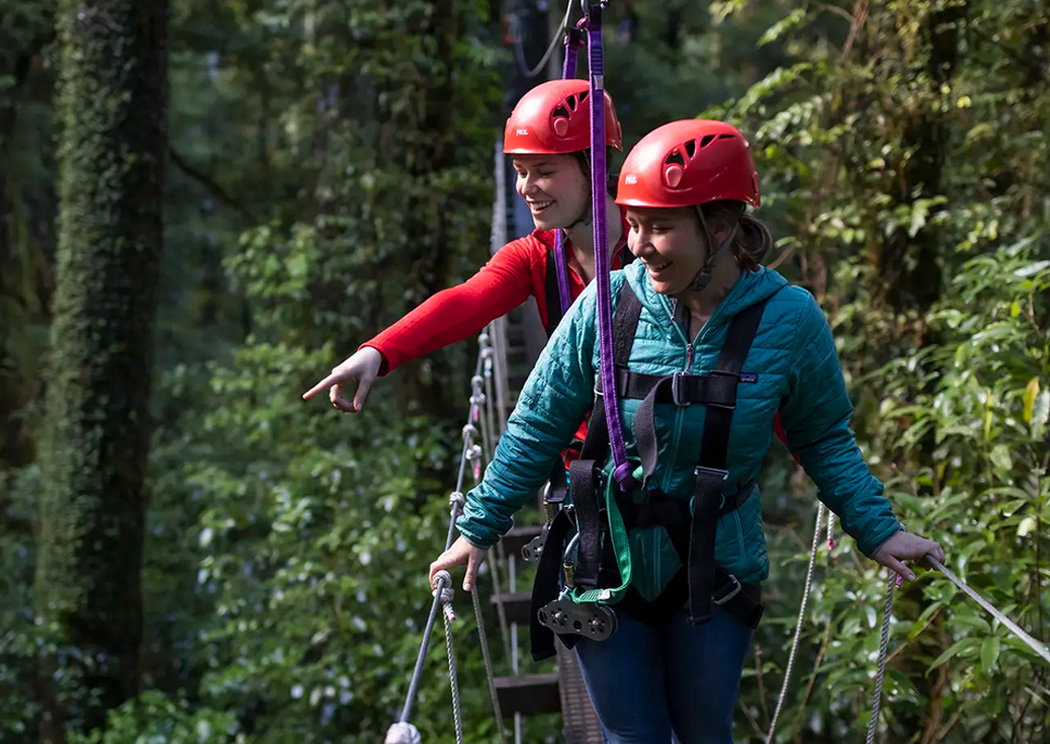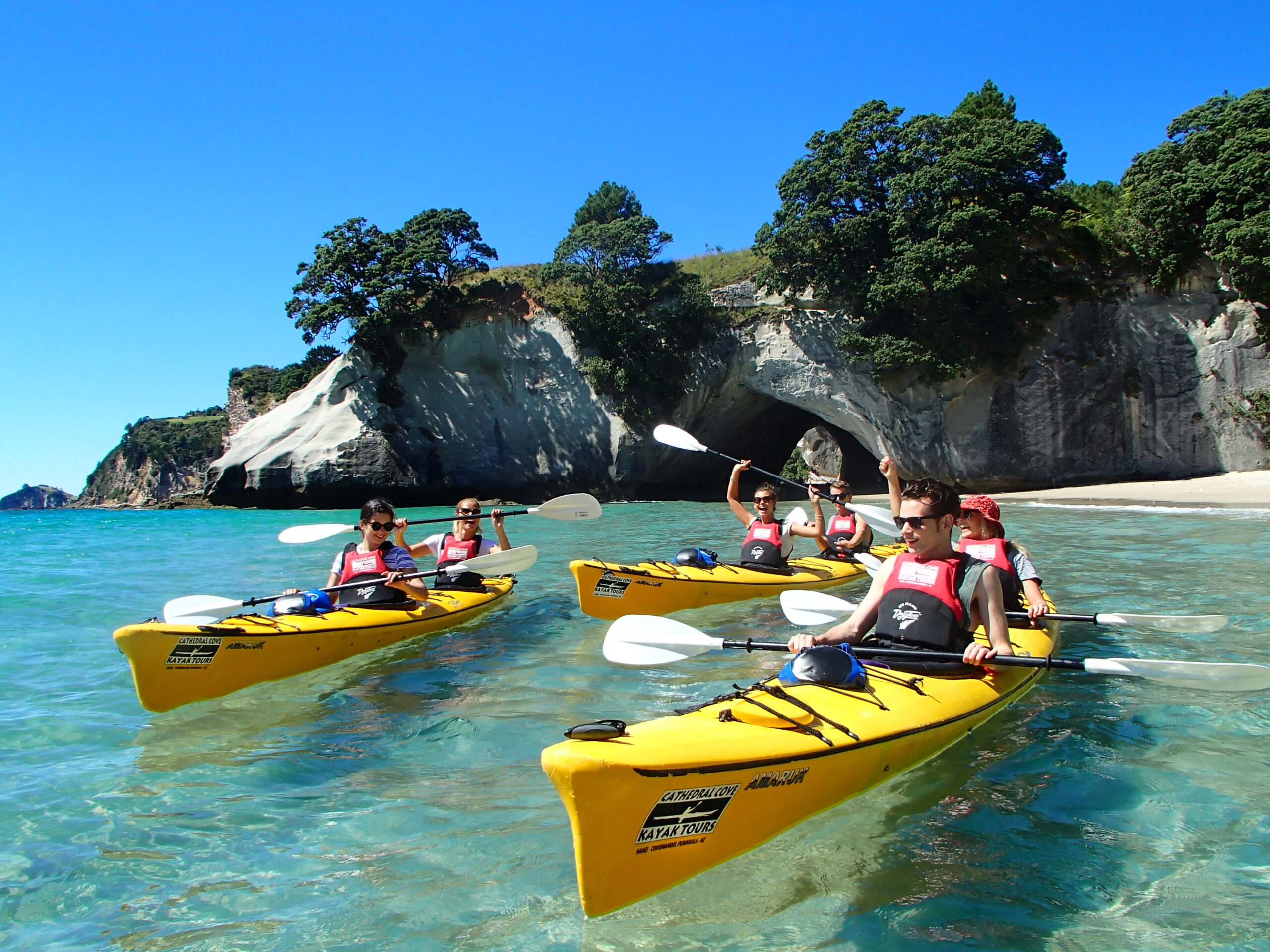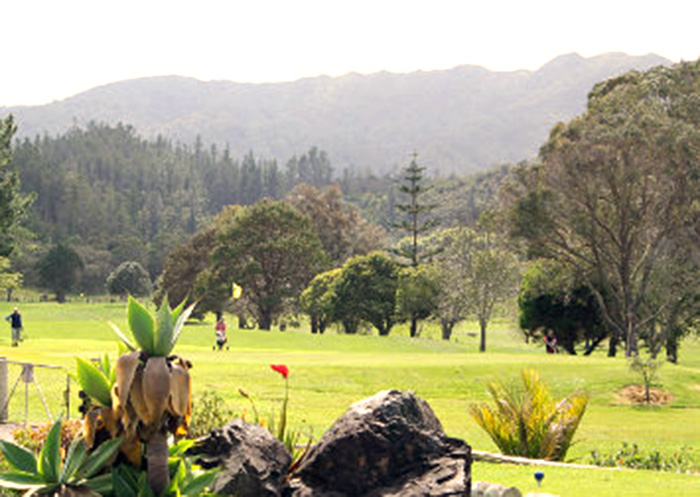Waiau Kauri Grove
Kauri form a significant part both of our cultural and our natural heritage. Sadly, they have become extremely rare.
This easy walk in a beautiful bush setting gives you the rare opportunity to experience a grove of mature kauri trees that are 600-800 years old.
This is the most accessible and mature kauri stand on the Peninsula.
- track category: Easiest
- track length: 1-km return
- walking time: 30-min return
- track start location: see map below
- km from town: 11km
Track Description: 801 The 309 Road, Waiau; 11 km/15 min southeast of town, partly on gravel road (no dogs) – 30-min return.
This is an easy walk in a beautiful and diverse bush setting to a grove of kauri trees that are 600-700 years old. This is the most accessible and mature kauri stand on the peninsula. The grove contains a loop track to a mature “Siamese” kauri (two trees fused together) that forks just above the ground, but if you look carefully through the bush among the young kauri trees, you will find others that are also fused.
Clean your footwear on arrival and departure at the shoe-cleaning station to help prevent the spread of kauri dieback disease. Toilet in carpark.
click any image to view slideshow
Precious Natural Heritage
New Zealand Kauri have been around for about 20 million years. They have had a large part to play not just in the landscape of Aotearoa, but also in our culture and early history. To Māori, kauri are kings of the forest and a taonga (treasure) that connects people and their spiritual world. Kauri played an important role in many aspects of early Māori culture: besides being integrated into creation mythology, rituals, war, art and everyday life, some large trees were given names and revered as chiefs of the forest.
Kauri were prized too by the early European settlers, who felled almost all of the great kauri giants. The timber was valued for its strength and ability to withstand sea-water conditions, ideal for ship masts and hulls.The almost complete removal as a timber resource over a very short period of time in the relatively recent past had a huge impact on our country’s ecology. This removal further was a serious assault on the traditional value system.
On a national scale we now have less than half a percent of all trees left. A new menace, Phytophtara, or better known as Kauri Dieback Disease, is threatening these last remains of Kauri. Coromandel is one of the few places where we still find stands of mature Kauri. Unlike the Waitakere Ranges near Auckland which are very badly affected by the disease, the Coromandel Kauri are still relatively intact. However the disease has been confirmed in some locations even here, and the spread through soil movement (by us) is a serious possibility. With so few left and with this dangerous new threat we need to really tread carefully.
Kauri have been around long before humans. They can grow very old, so that some of them will have witnessed times when Christ or Buddha walked the Earth.
Here in Coromandel we are extremely lucky to be able to still have some of these extraordinary trees and be able to get right up close to them.
=
explore other things to do:


